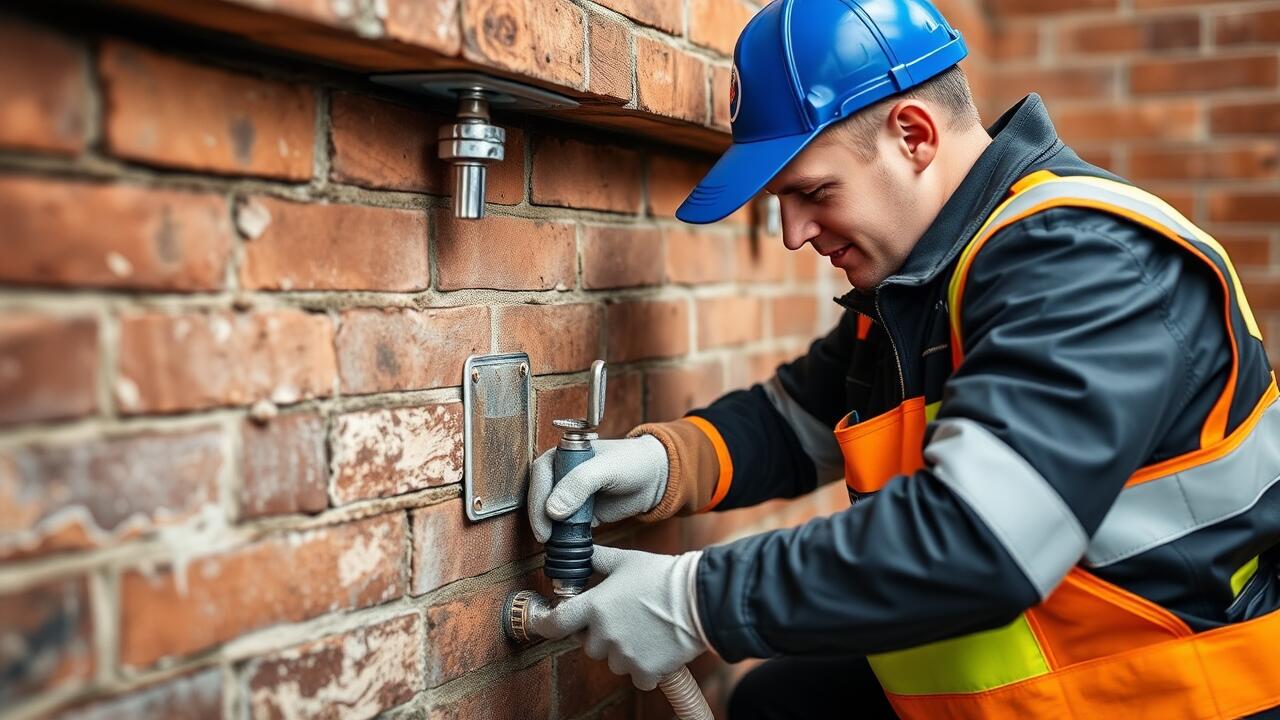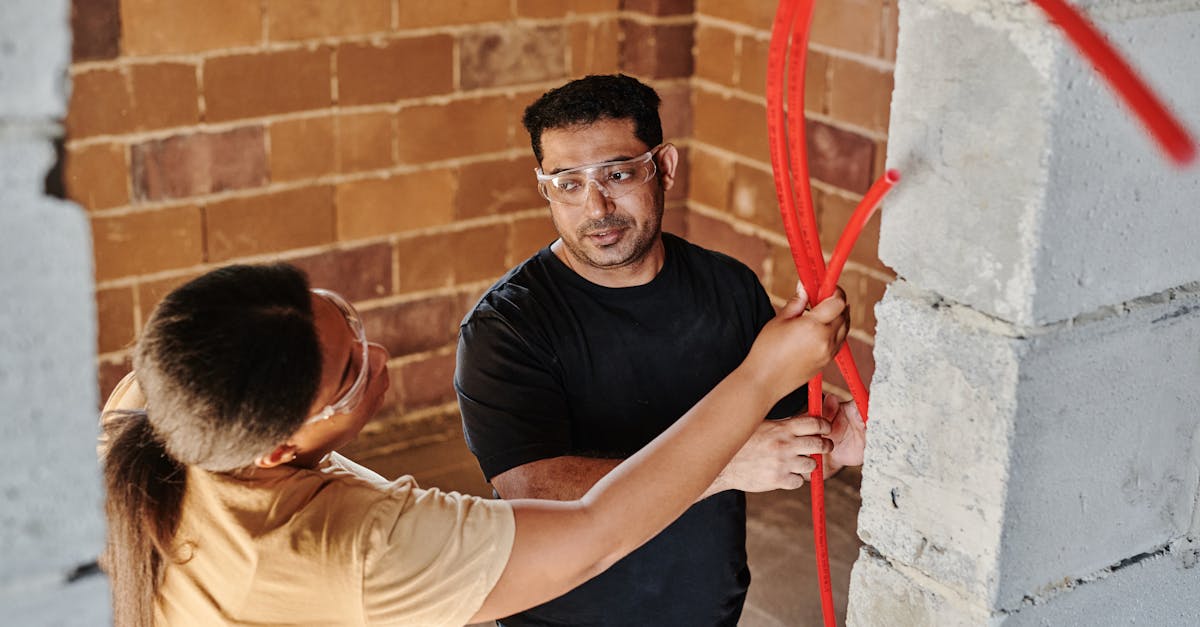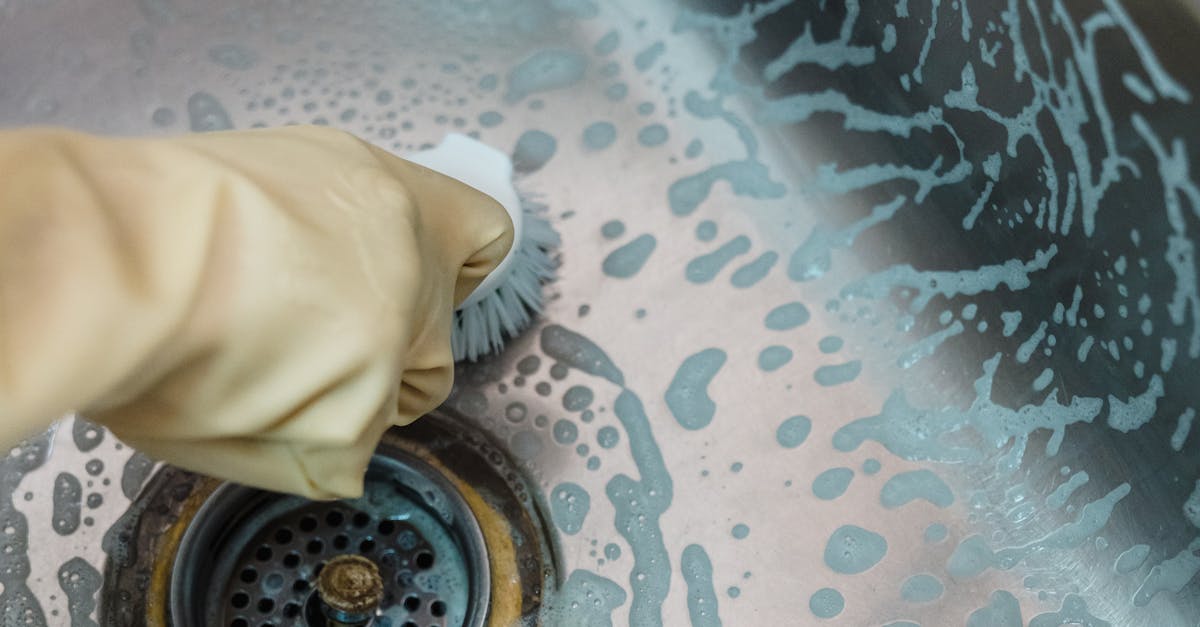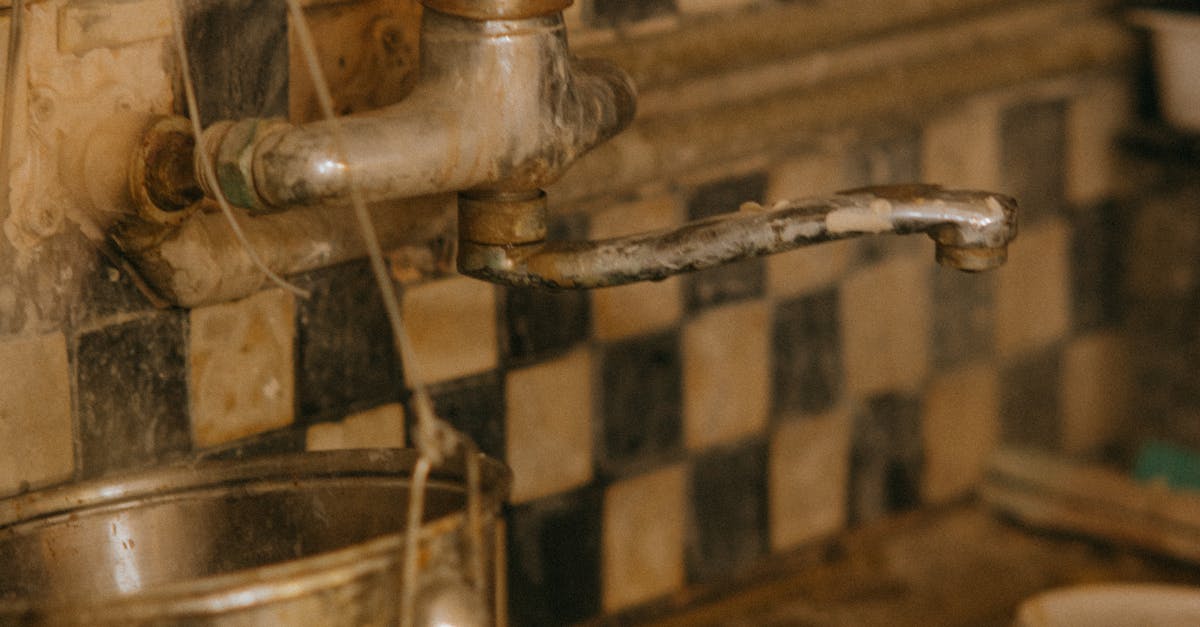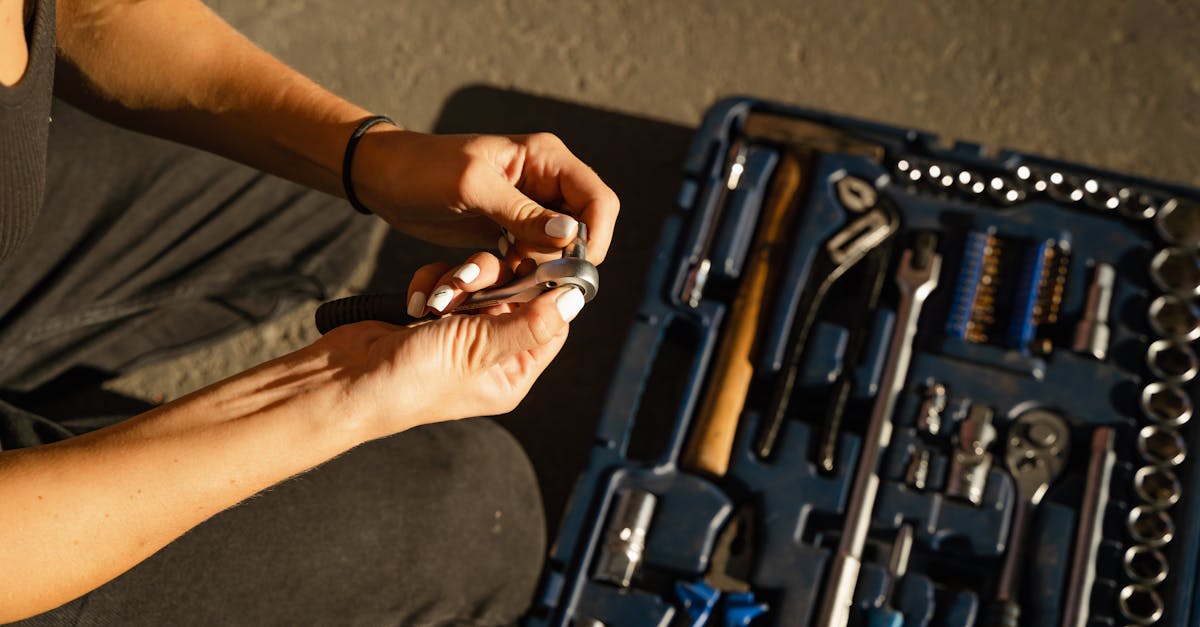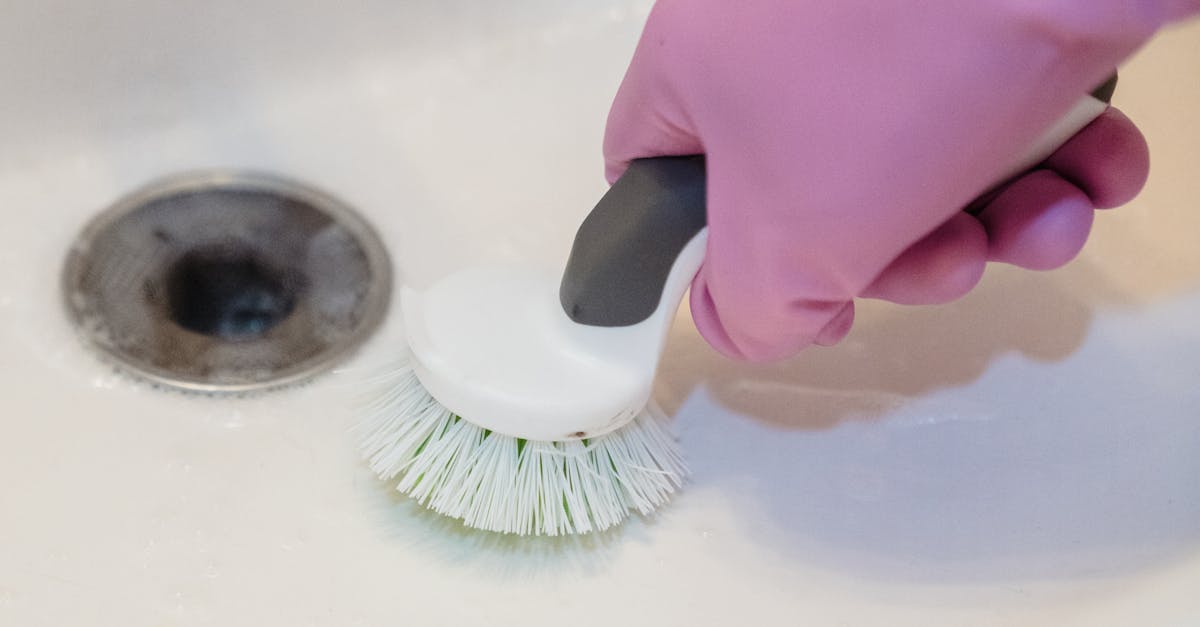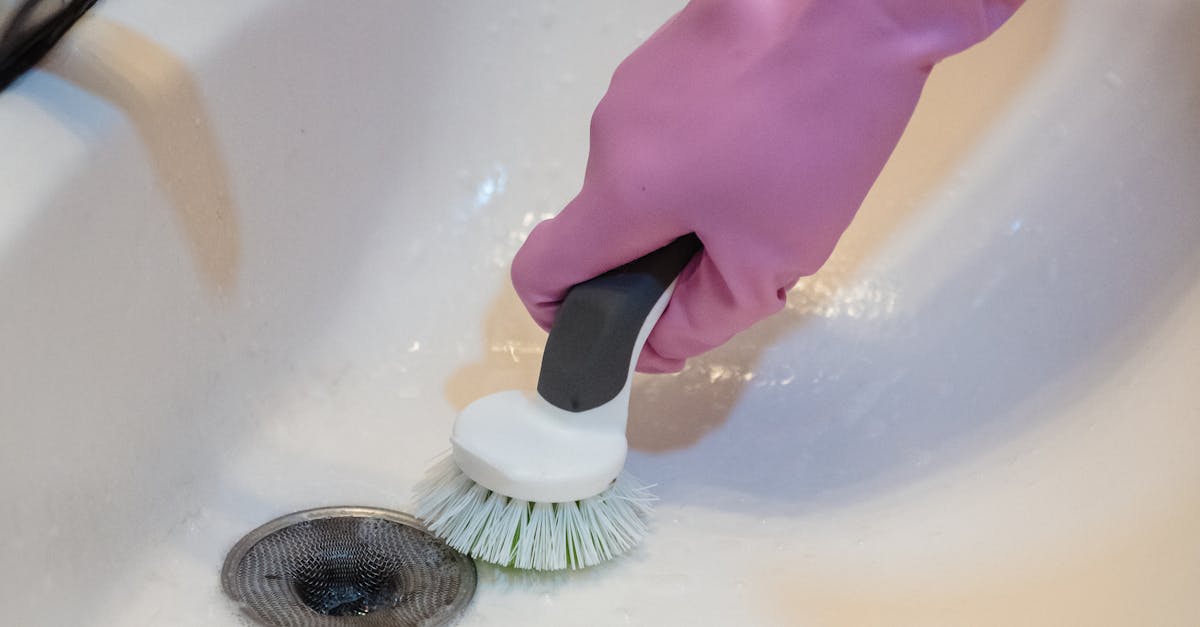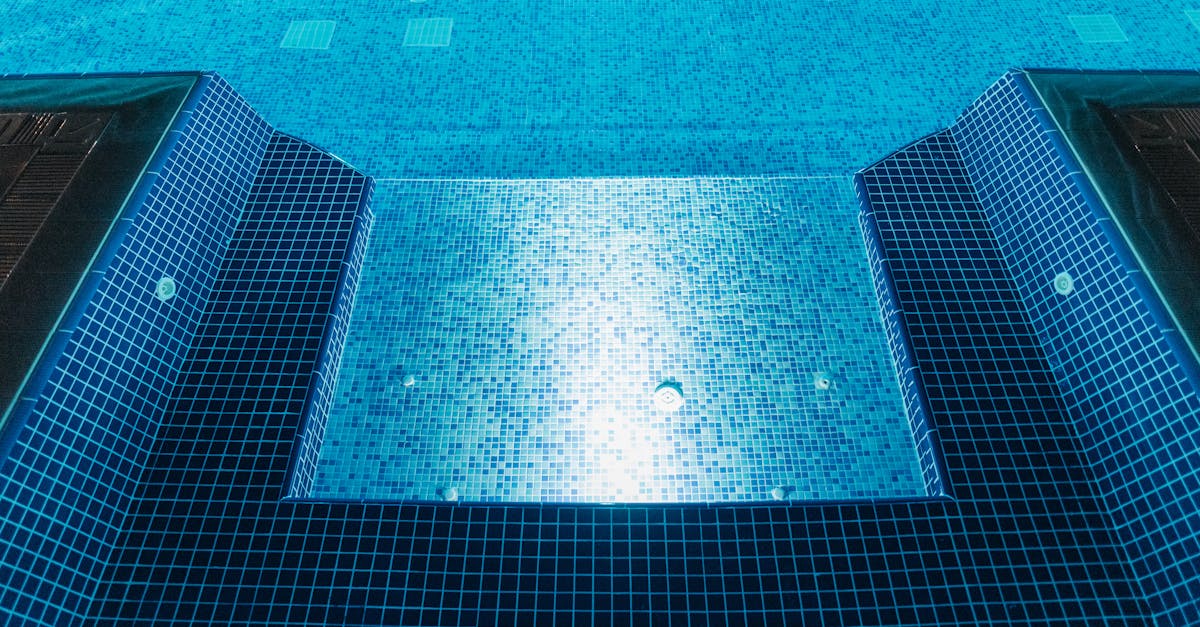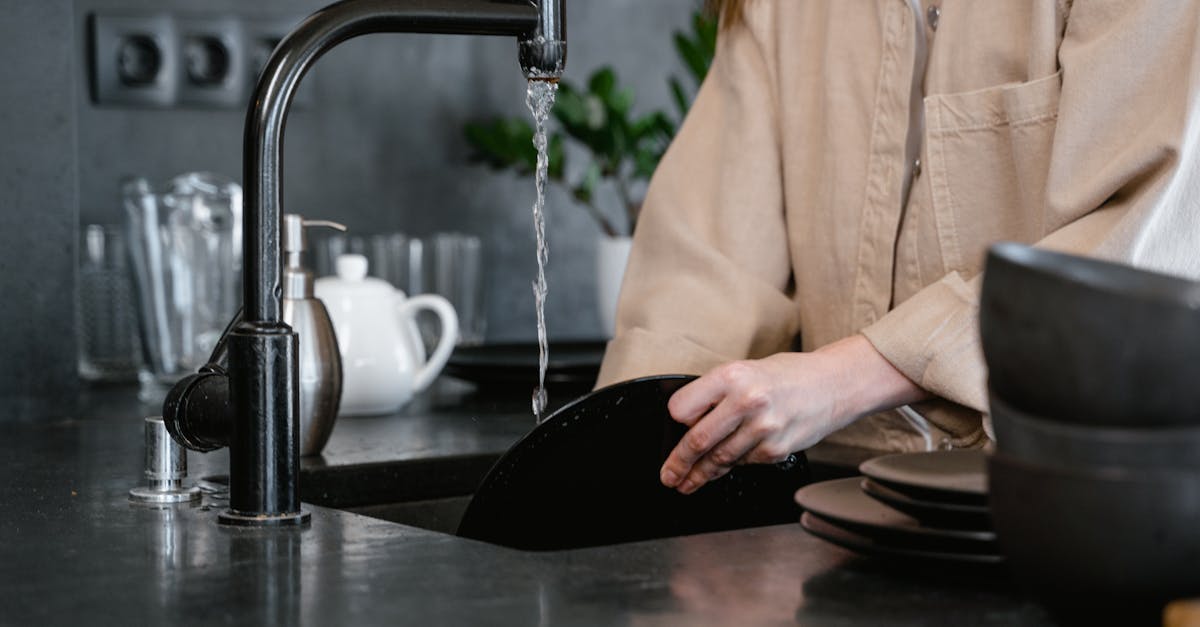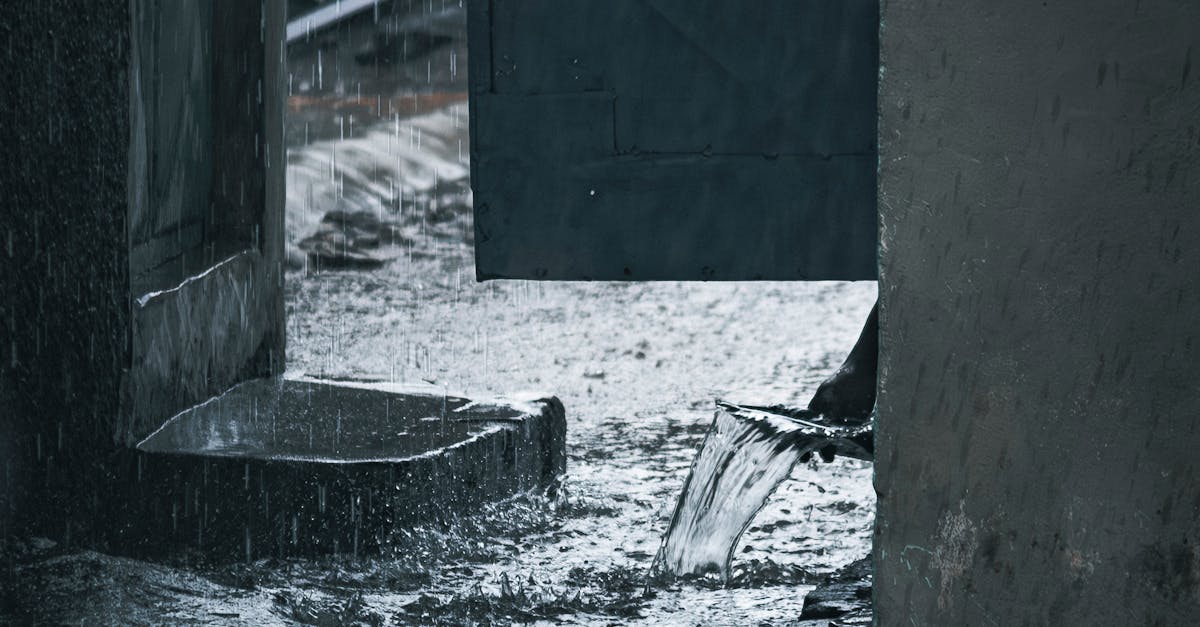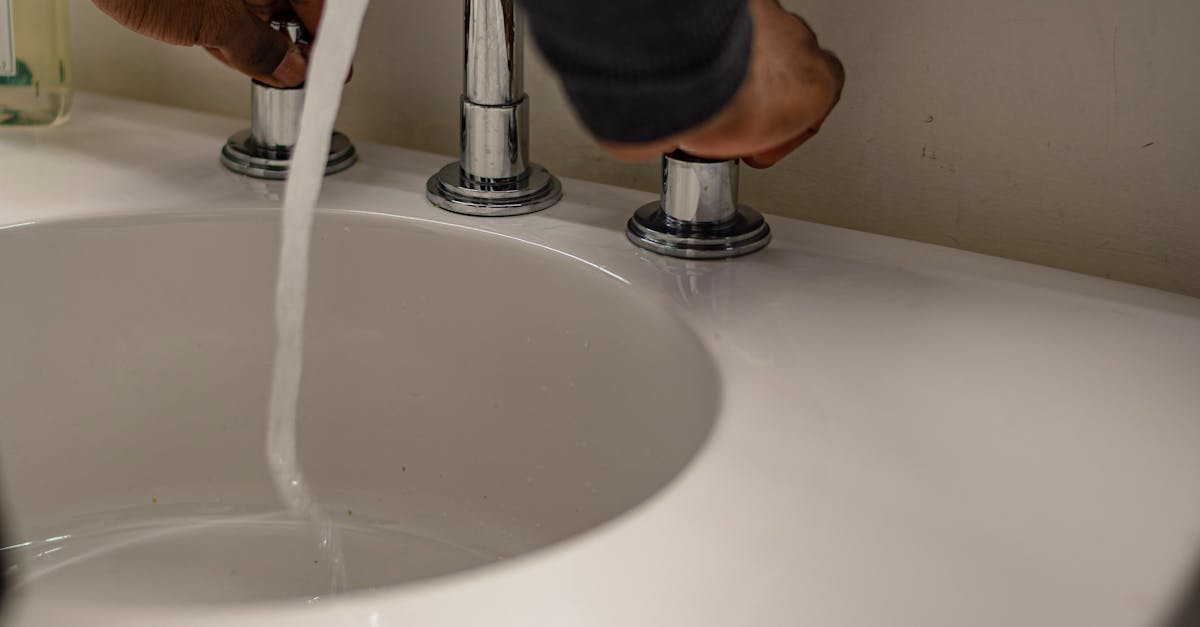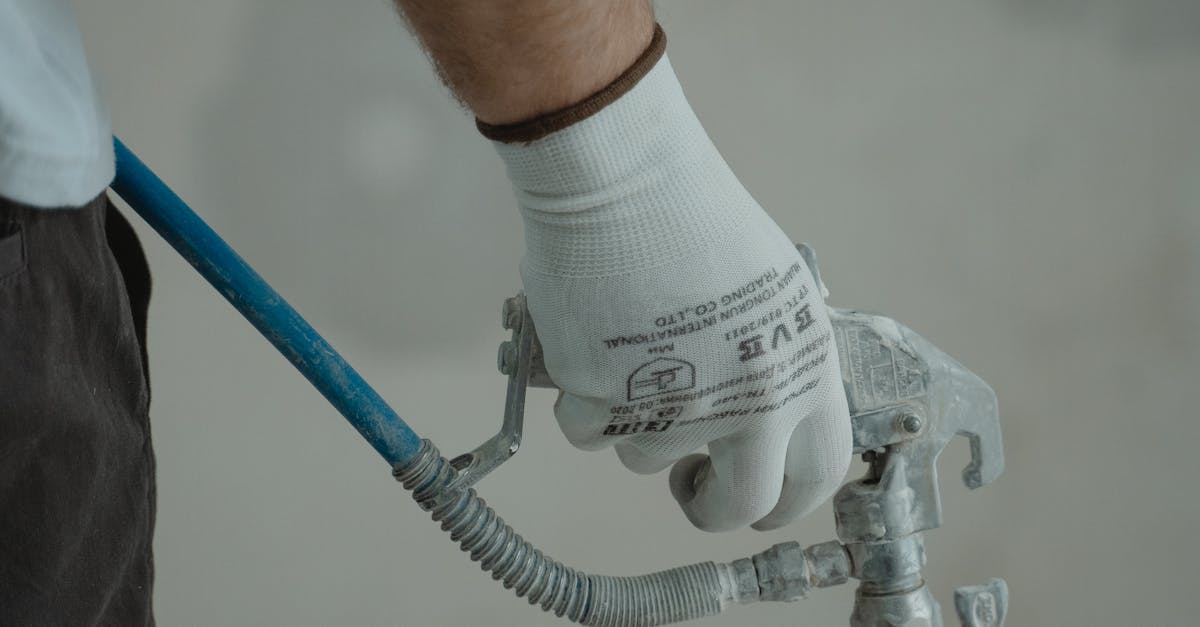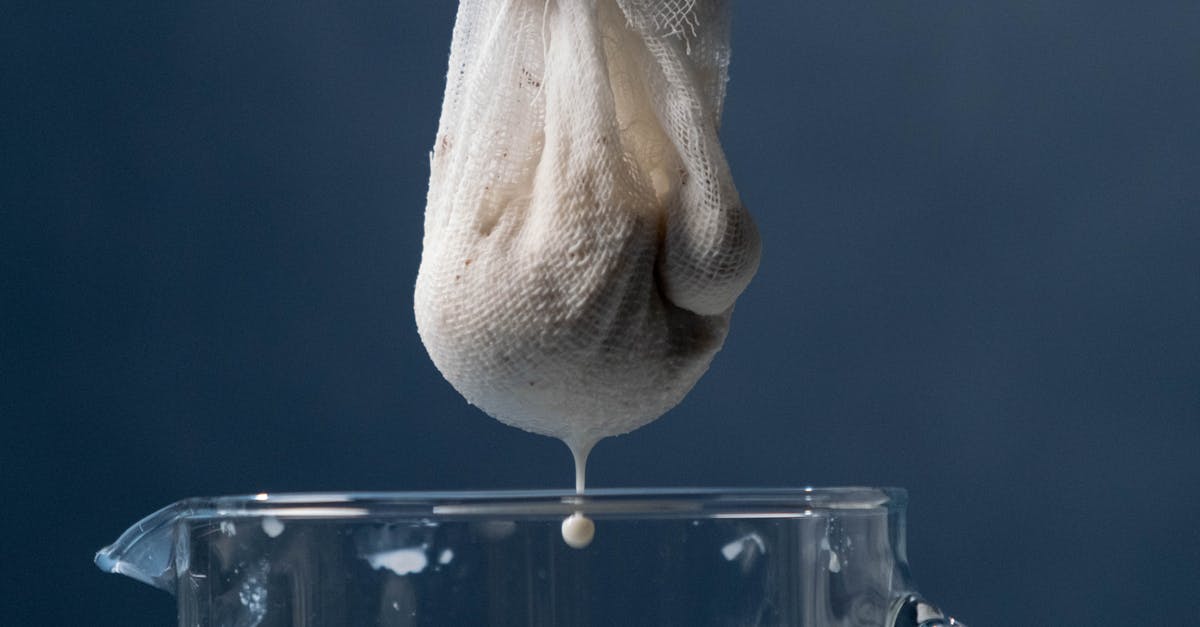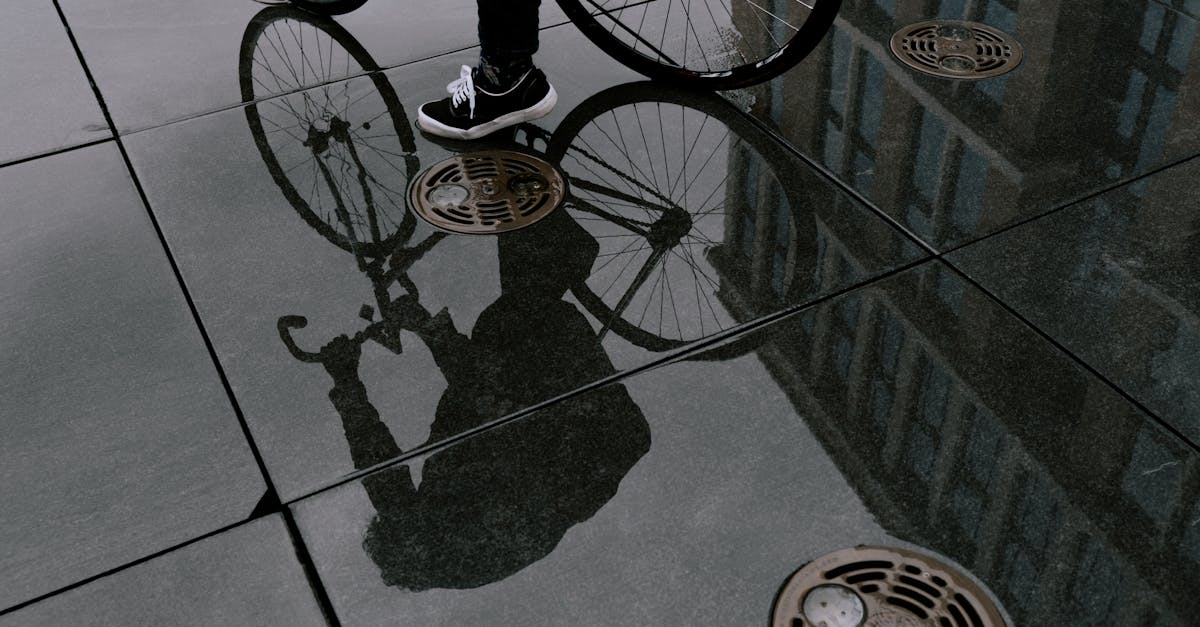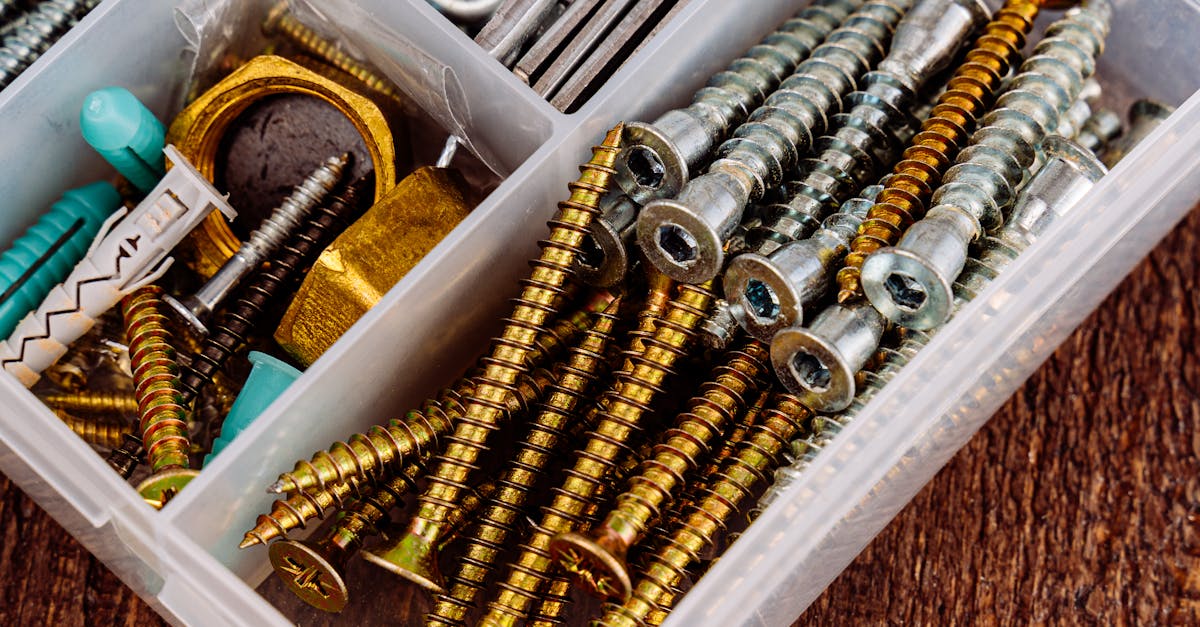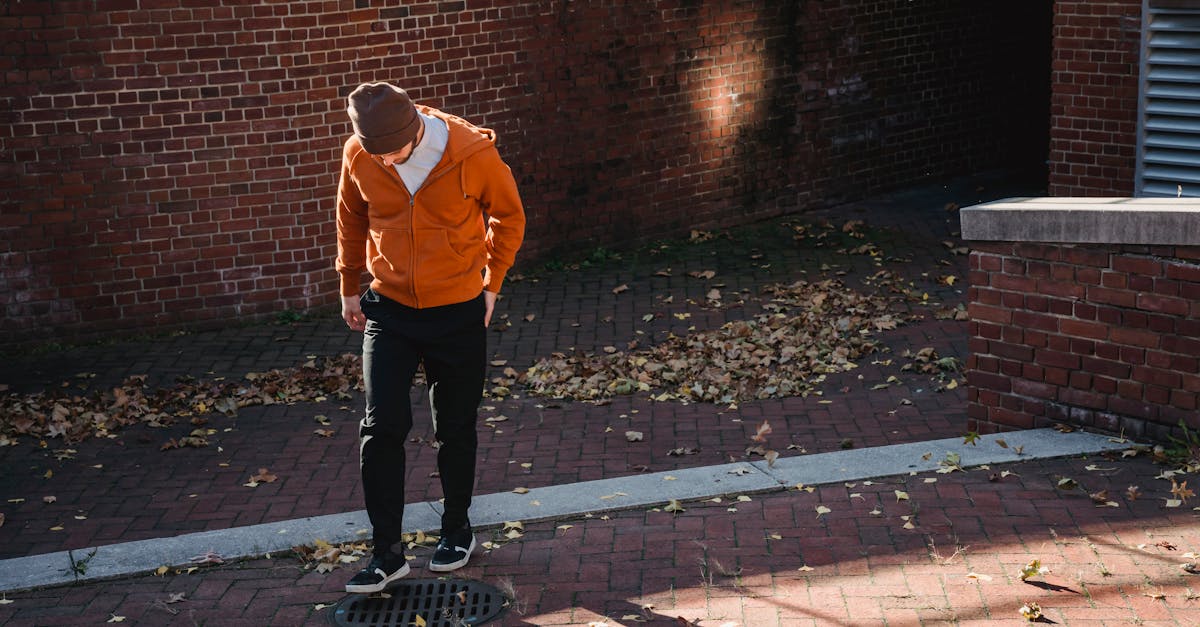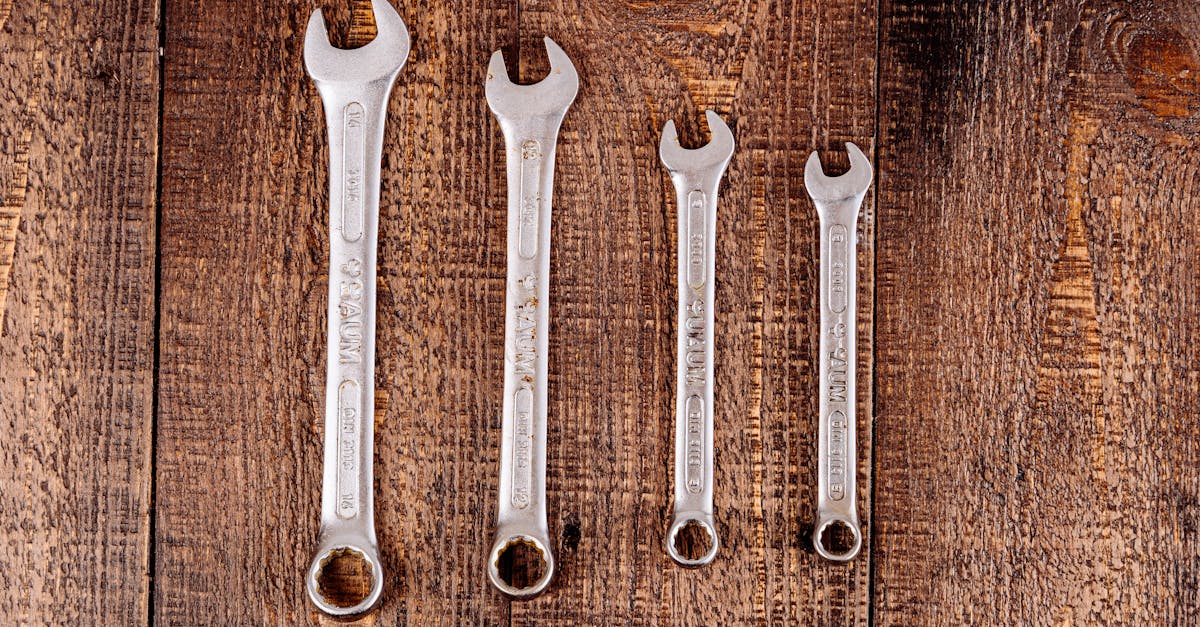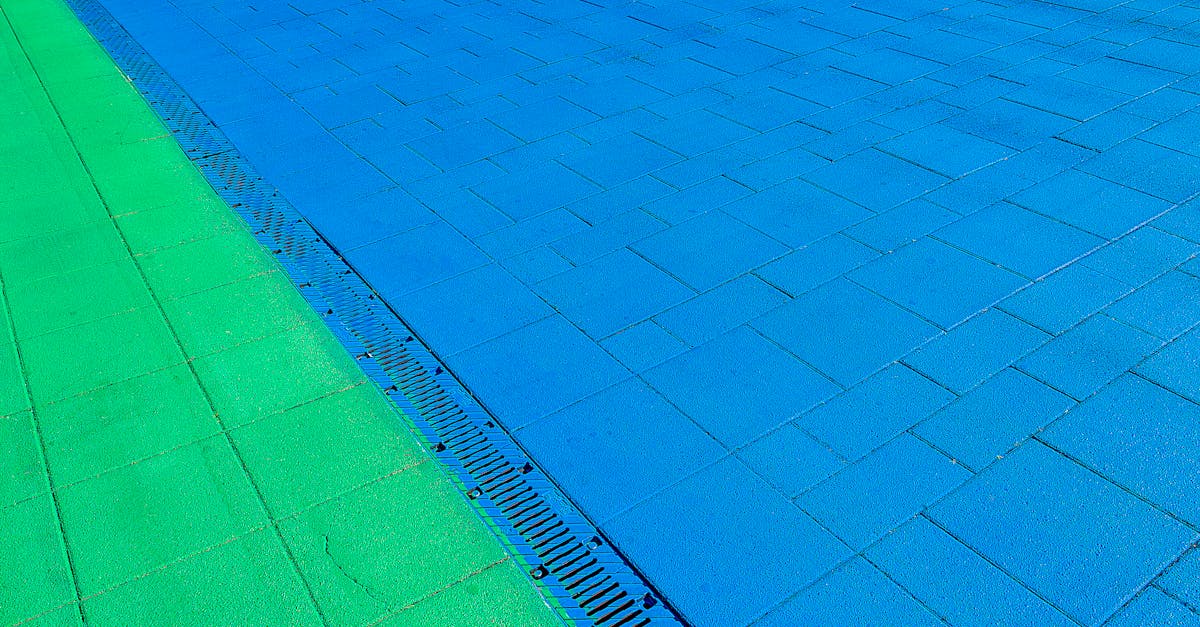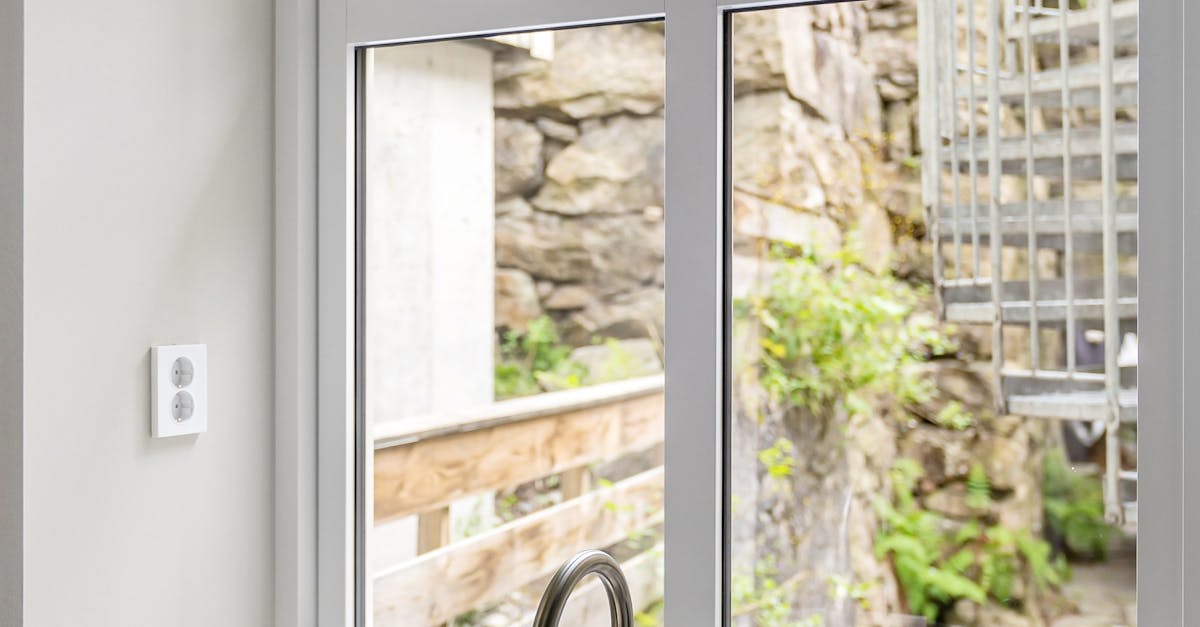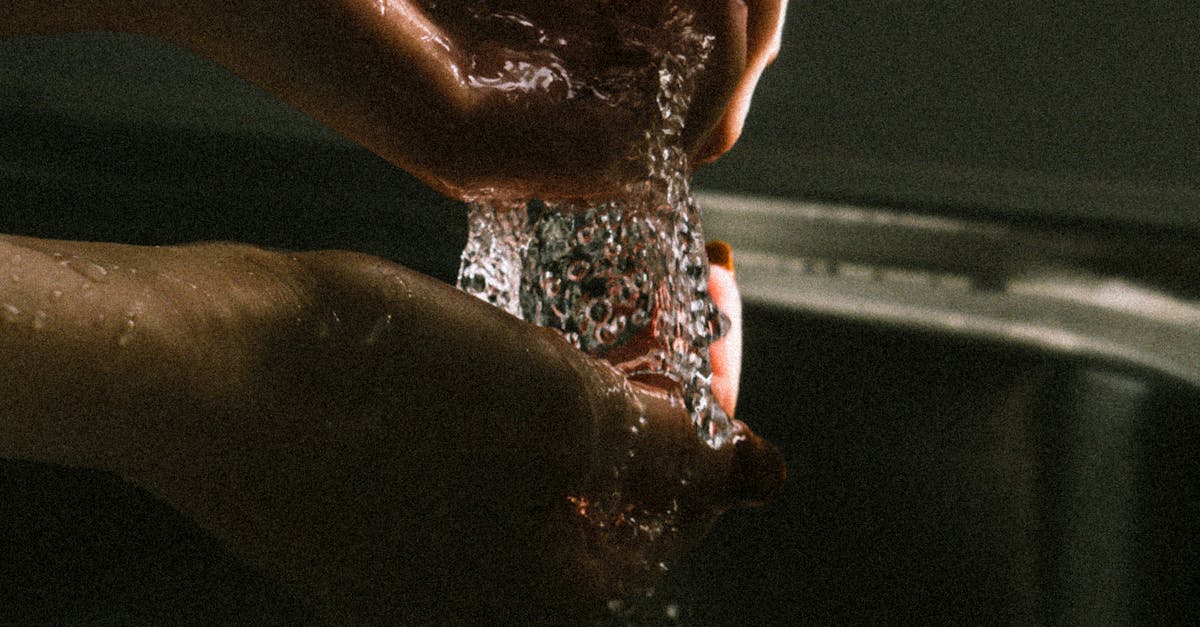
Table Of Contents
How to Use a Plunger Effectively
A plunger is one of the most effective tools for tackling a blocked drain. To start, ensure that there is enough water in the sink or toilet to cover the plunger's rubber cup. This creates a tight seal, allowing for optimal suction. Position the plunger over the drain, ensuring a good fit, and push down firmly before pulling up sharply. Repeat this motion several times, maintaining a consistent rhythm to create pressure and dislodge the blockage.
For stubborn blockages, using a plunger requires a specific technique. Place the plunger at an angle and push it down gently to avoid splashing. Make sure the plunger stays submerged while you pump it up and down vigorously. If the blockage persists, it may be time to consult a blocked drain plumber for expert assistance. Regular maintenance can prevent such blockages, ensuring your plumbing system remains in good working order.
Techniques for Maximum Impact
To achieve maximum impact when using a plunger, it's vital to ensure a proper seal around the drain. Begin by covering the overflow drain with a damp cloth to create an airtight environment. Position the plunger over the blocked drain, applying enough pressure to form a tight seal. Use strong, steady strokes to push and pull the plunger, allowing the downward motion to force air and water through the blockage. A few vigorous thrusts should help dislodge most debris.
If the plunger fails to clear the blockage, consider enlisting the help of a blocked drain plumber. They possess the experience and tools to tackle more stubborn obstructions effectively. While DIY methods are useful for minor clogs, professional intervention ensures that the underlying issues are resolved, preventing recurrent problems. Regular maintenance checks can also keep your drains functioning smoothly, reducing the likelihood of encountering severe blockages in the future.
Snaking a Drain
Snaking a drain is a practical method for clearing stubborn blockages. This process involves using a flexible tool, known as a drain snake, which can navigate through the twists and turns of plumbing systems. The snake penetrates the obstruction, breaking it apart and allowing it to be washed away. This technique is effective for removing hair, grease, and other debris that may contribute to a blocked drain.
When considering a DIY approach, it's essential to understand how to use the drain snake properly. In some cases, the blockage may be too severe, requiring the expertise of a blocked drain plumber. They are equipped with advanced tools and techniques to tackle more complex issues. Regular maintenance can also prevent the need for such interventions, ensuring that drains remain clear and functional.
Using a Drain Snake Correctly
To use a drain snake correctly, begin by ensuring you have the right type of snake for the job. For typical household blockages, a handheld auger can be effective. Insert the snake into the drain opening, turning the handle clockwise as you push it further down the pipe. This twisting motion helps the snake navigate bends and turns while breaking up stubborn clogs. If you encounter resistance, keep turning the handle to allow the snake to hook onto the blockage before pulling it back out.
It's important to remember that while using a drain snake can resolve many minor issues, severe blockages may require professional assistance from a blocked drain plumber. After successfully removing debris with the snake, run hot water through the drain to flush out any lingering fragments. This not only aids in clearing the passage but also helps maintain proper flow. Regular use of this technique can prevent future clogs and extend the life of your drainage system.
The Importance of Regular Drain Maintenance
Regular drain maintenance plays a crucial role in preventing major plumbing issues. Over time, debris and buildup can accumulate in your drains, leading to blockages that can cause significant damage to your plumbing system. By scheduling routine inspections and cleanings, homeowners can catch potential problems early, ensuring that pipes remain clear and functional. Engaging a blocked drain plumber for these regular checks can provide peace of mind and extend the life of your plumbing.
In addition to inspections, simple preventative measures can significantly reduce the likelihood of developing blockages. Careful disposal of waste, using drain covers, and being mindful of what goes down the sink are all effective strategies to maintain clear drains. Educating household members about these practices can further minimise the risk of needing urgent plumbing services. Regular maintenance not only saves money in the long run but also contributes to a healthier home environment.
Preventative Measures to Keep Drains Clear
Regular maintenance of your drains is essential to preventing blockages. Simple practices can significantly reduce the chances of debris building up over time. Consider installing drain guards or filters to catch hair, food scraps, and other materials before they enter the drainage system. Regularly cleaning these guards ensures they remain effective. Pouring boiling water down the drain occasionally can help dissolve grease and soap residue.
It’s also wise to be mindful of what goes down the sink or toilet. Items like cotton buds, feminine hygiene products, and heavy food waste should be disposed of through appropriate channels. Additionally, if you experience recurring issues with your drains, consulting a blocked drain plumber can provide insights into problems that may require professional attention. Staying proactive can save you time and money in the long run by reducing the need for extensive repairs.
FAQS
What are the most common causes of a blocked drain?
The most common causes of a blocked drain include hair, grease, food particles, soap scum, and foreign objects that accidentally fall into the sink or toilet.
How can I tell if my drain is badly blocked?
Signs of a badly blocked drain include slow drainage, gurgling noises from the pipes, unpleasant odours, and water pooling in your sink, shower, or bathtub.
Is using a plunger effective for all types of blockages?
While a plunger is effective for many types of blockages, it may not work for more severe issues, such as tree root intrusions or deep clogs caused by solid objects. In such cases, a drain snake or professional help may be required.
How often should I perform drain maintenance?
It is recommended to perform regular drain maintenance at least once every few months to prevent any build-up and ensure that your drains remain clear.
What preventative measures can I take to avoid blocked drains in the future?
To prevent blocked drains, avoid pouring grease down the sink, use sink strainers to catch food particles and hair, and regularly flush your drains with hot water or a vinegar and baking soda solution.
